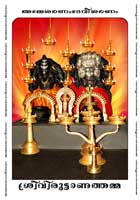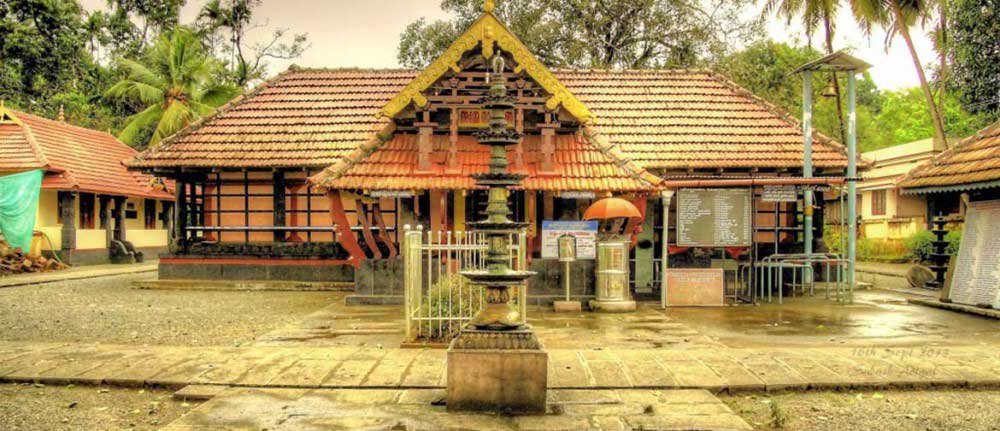
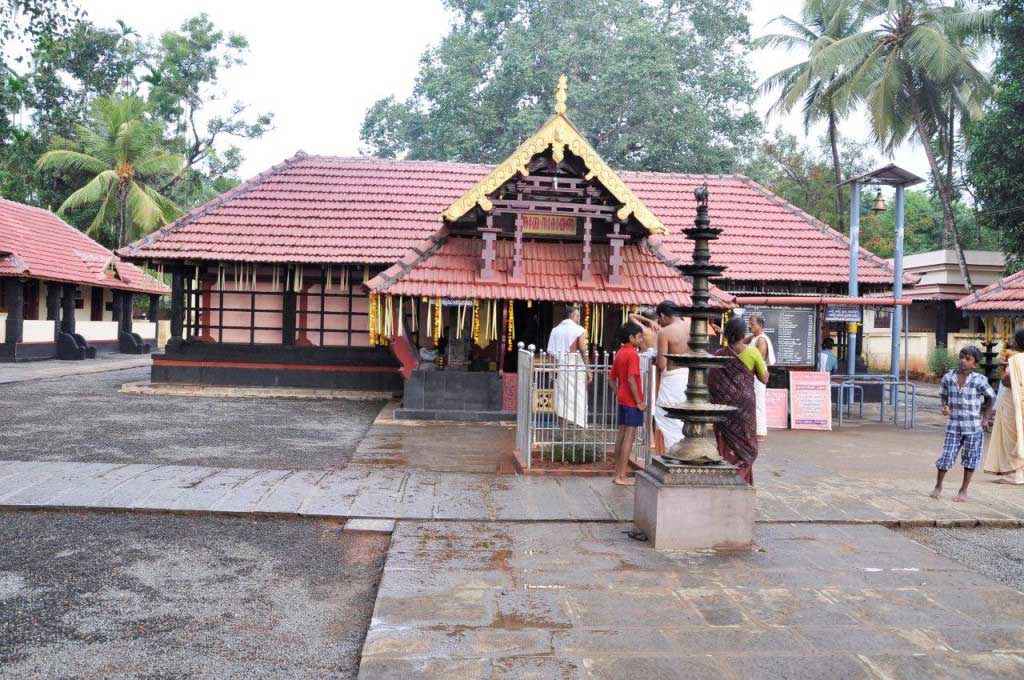
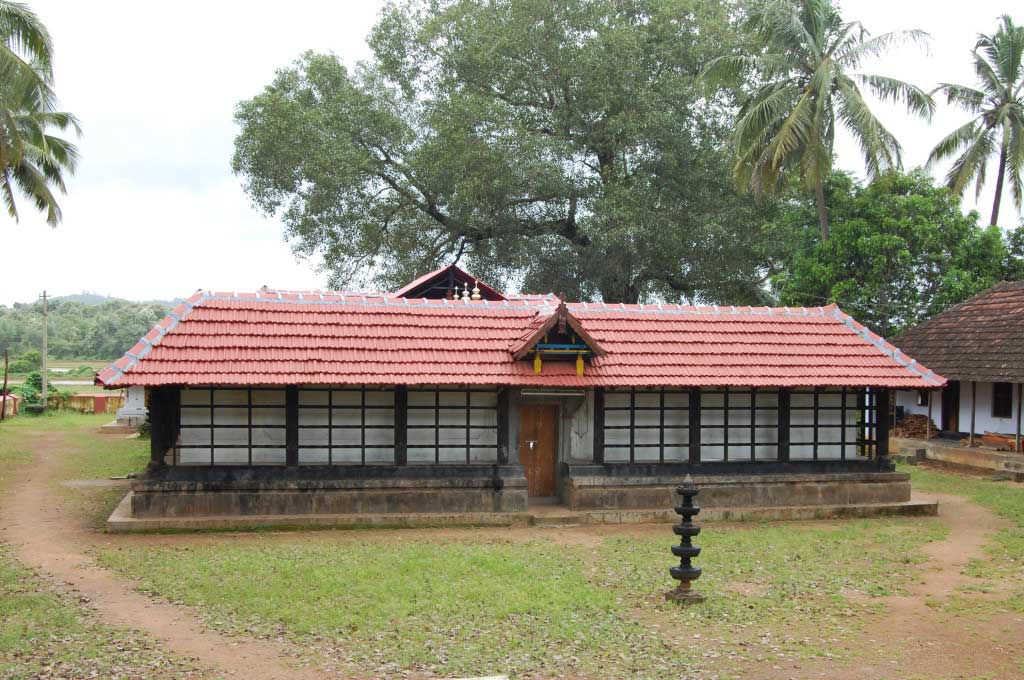
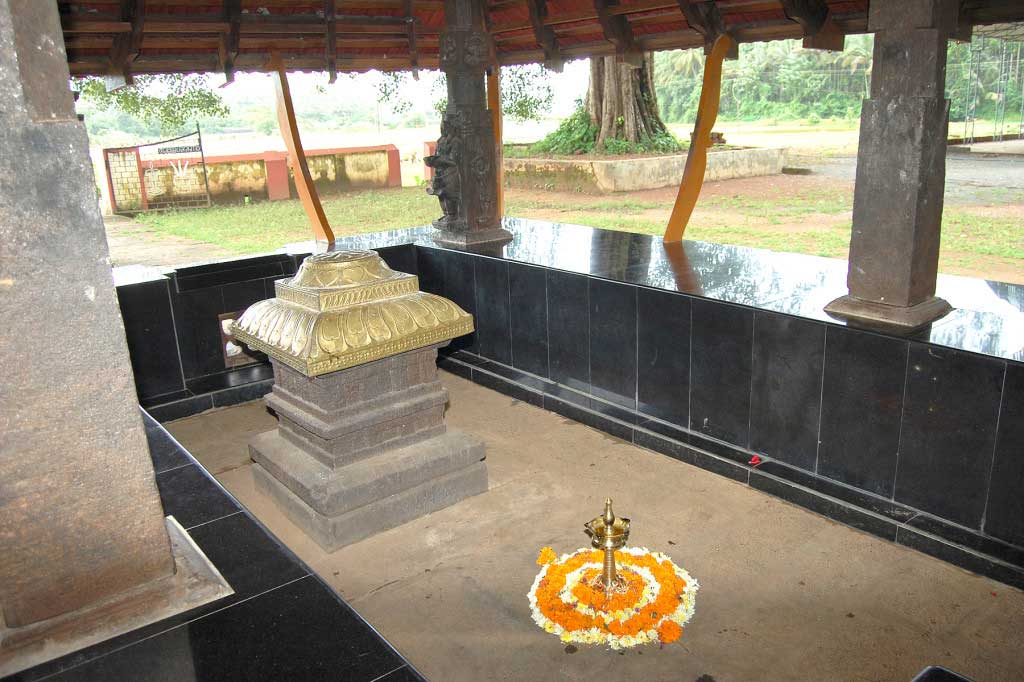
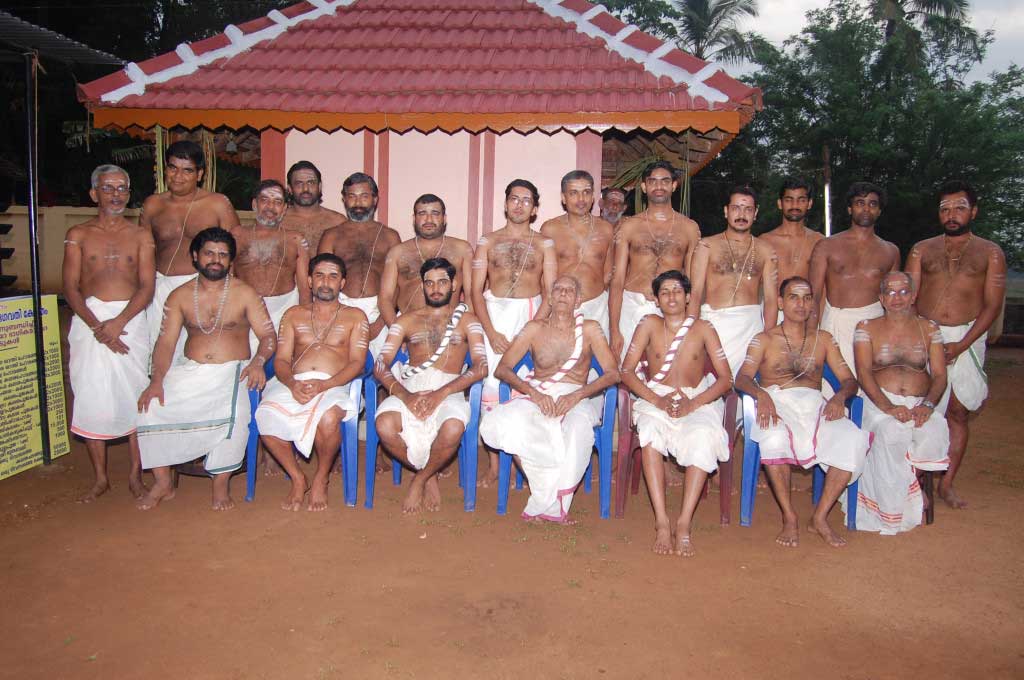
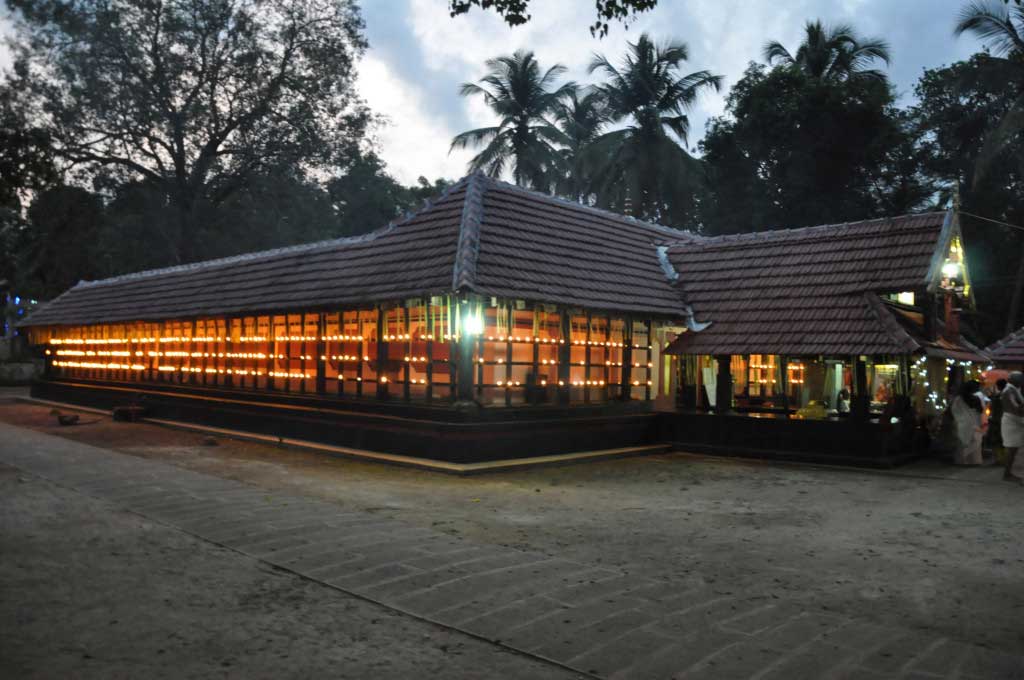
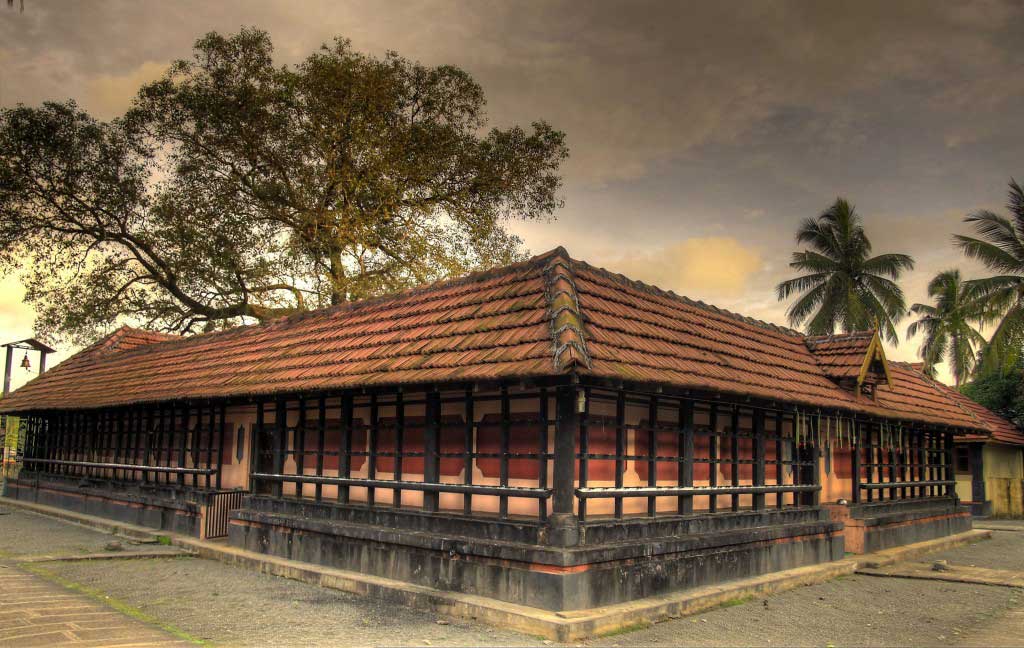
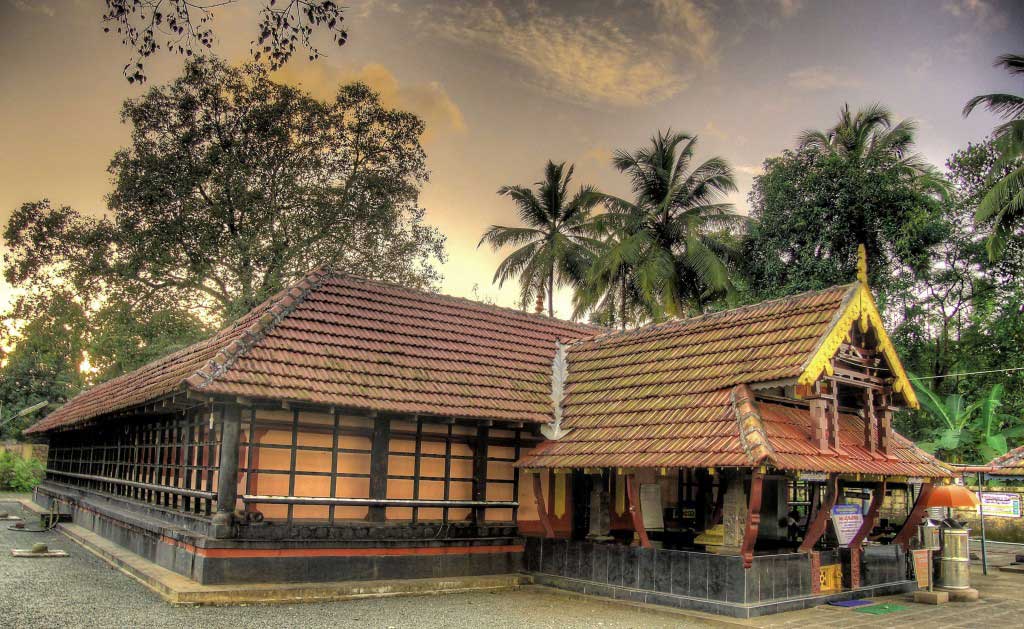
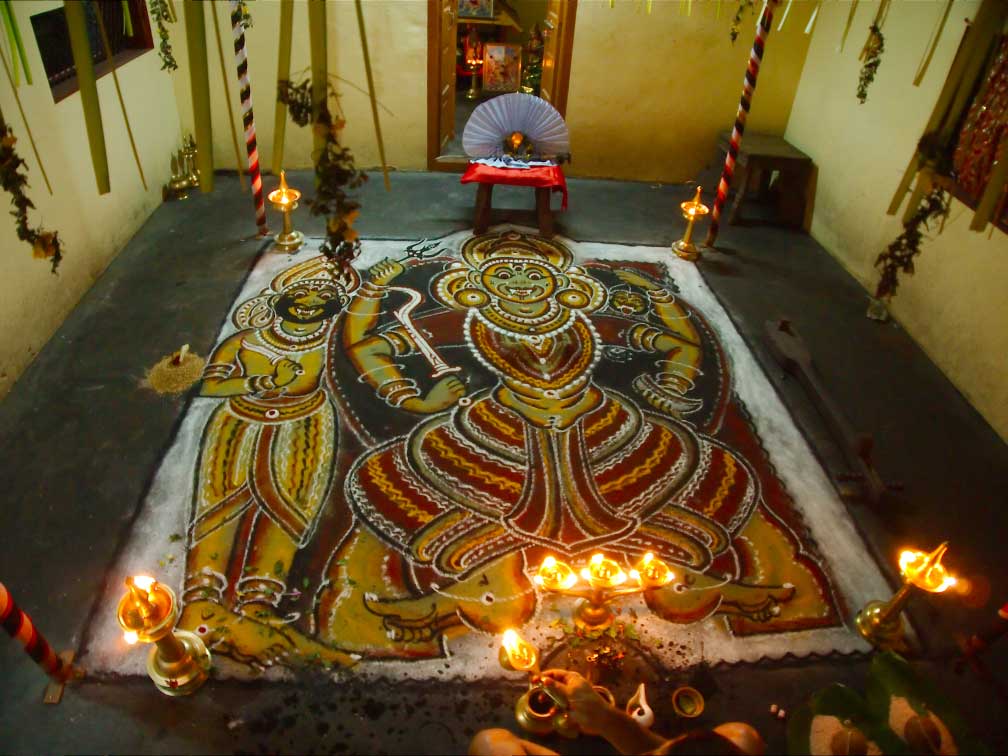


Sree Veerasthanam Viruttanam Bhagavathy Temple is an ancient Bhagavathy temple situated in the border of Thrissur and Palakkad Districts in Varavoor and Thirumittacode Panchayaths. There is no record to know its exact history and antiquity. However, during the Devaprasnam held as a prelude to renovation and subsequent Naveekarana Kalasam held on May 16 -26, 2010, it was revealed that the temple prathishta was performed by a very powerful Rishi. The temple is situated behind the historic Sree Nedumbrayoor (Thirumathaliyappan) Mahadeva Temple, Thali and surrounded by Pintalikkunnu Subramania Temple and Peringannur Mahaganapathi Temple and picturesque fields and Thachukunnu in front of the temple is a sight to behold. This Devi temple is the abode of Shakthi Upasana. People from 8 desams visit the temple seeking the blessings of Viruttanathamma for prosperity in their spiritual and material life. The temple is managed by Sree Veerasthanam Viruttanam Bhagavathy Temple Trust with the active cooperation of devotees from all the desams.
One of the peculiarities of the temple is that prathista of Dwarikanasini Devi and Veerabhadraswami is in one peedom in the Sreekovil. The Upadevathas of the temple are Ganapathy, Bhadrakali, Bhuvaneswary, Subramanian, Sivan and Kshetrapalan. The temple is very famous for its special pooja rituals. This is one of the rare temples where ten days Utsavam is conducted which has special tantric importance. The Utsavam Kodikayattam is on Rohini Nakshathram of Kumbham and the Aarattu Ceremony is held on Atham day (comes in the month of February end or early March every year).
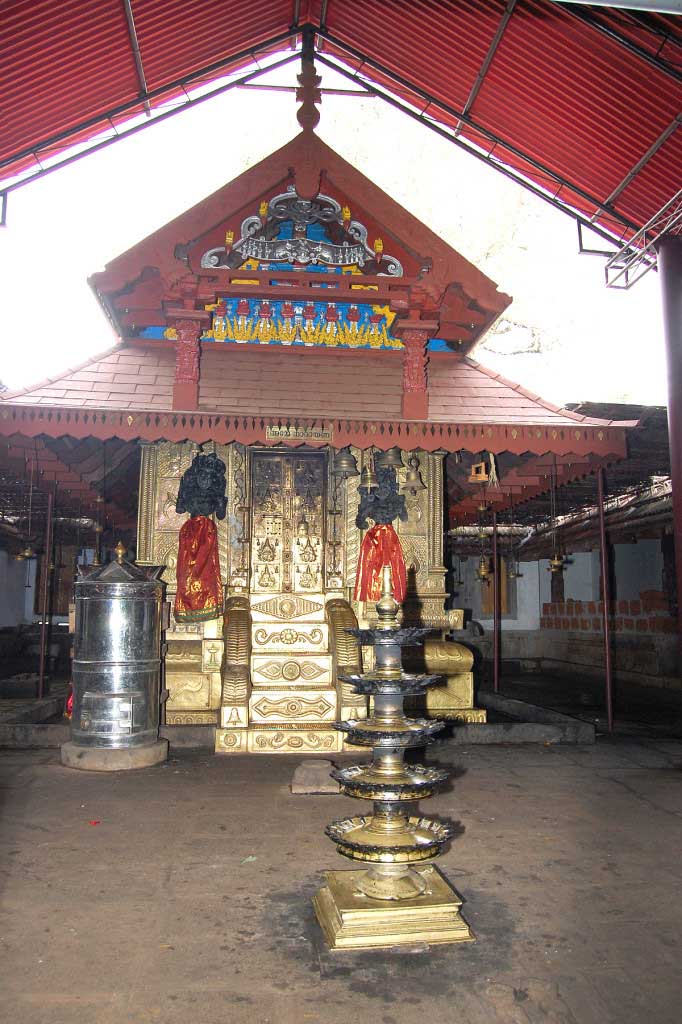
The poojaris of the temple hail from Viruttanath Kunnath Madom Adigal family and they are the Uralans of the temple. The famous Kodungallur temple poojaris are called Adigals. It is said that there are 12 types of Namboodiris of which one is called Adigal. It is reported that they hail from the tradition of Mezhathur Agnihotri. The pooja tradition received by them is very rare and has its innate secrecy and is being traditionally received from ancestors. Adigal means poojaneeyar and are very renowned in Sreechakra Pooja and Sreevidhyopasana. The ancestors had great spiritual power and their roots are said to be at Kodikkunnu near Thrithala/Pallipuram of Palakkad District.
The Thantric right of the temple belongs to the famous Kallur Mana in Thripunithura, Kerala. Brahmasree Sreekumaran Namboodiripad is presently performing the Thantric rituals at the temple.
The important days of the temple are Chanthattam for Bhagavathy and Veerabhadraswamy during Medam month to strengthen the idols made in Varikkapilavu, a rare crafting.
Illamnira Tripputhiri is held in Edavam month Illam Nira and Triputhiri are held on Sunday which falls after the karkidakavavu. Ramayanamasam is organized in the temple with Purana Parayanam and Ramayana Parayanam and one day Ramayanam Related Programmes.
Navaratri is very famous in the temple with special Saraswathi pooja. On Vijayadasami day Vidyarambham is important in the temple and children from all thattakam come to the temple for vidyarambham.
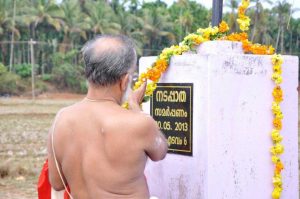
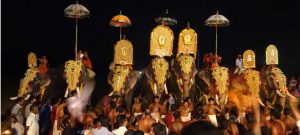
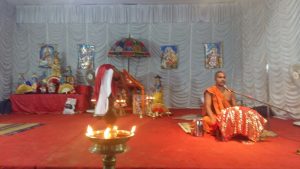
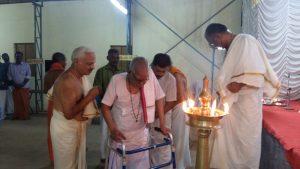
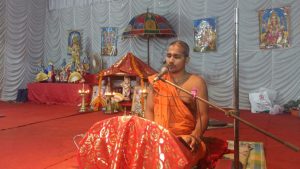
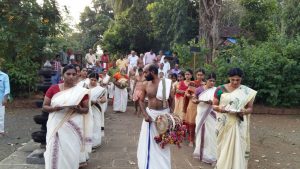
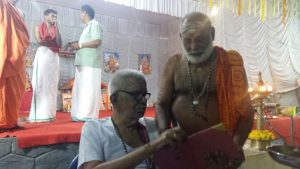
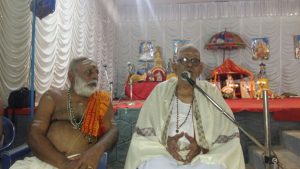
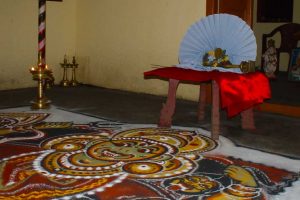
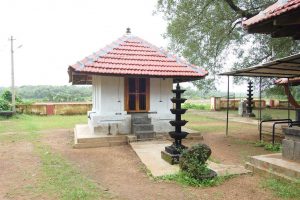
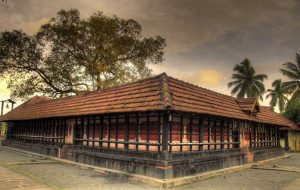
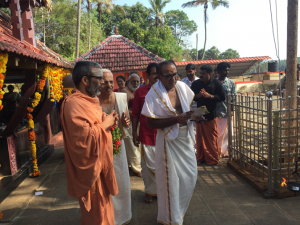
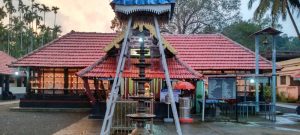
Mandalamasam is very important in the temple with the Kalamezhuthu Pattu which is one of the important offerings to Devi. On Vrichikam 1st (during 15/16/17 November) with the traditional Koorayidal ceremony, the Kalam Pattu starts and end upto Makarachovva (64-65 days). Daily the Devi’s and Veerabhdran’s kalam is made by different colours by Kurup. Kalamezhuthu is the art of drawing very large pictures on the floor as part of temple rituals in Kerala. While drawing the pictures of Devi and Veerabhadra on the floor, these are usually drawn as part of the worship of Devi with tantric rituals. The patterns or forms to be drawn are traditionally stipulated and strictly adhered to. The coloured powders used for drawing are also natural substances – rice powder for white, turmeric for yellow, charcoal from burnt paddy husk for black, dried and ground leaves for green and a mix of turmeric and lime for red. The drawings are often intricate and complex but executed only with the hands; no other tools are used. The order in which the pattern is to be drawn is also set down. On normal days, Devi’s picture is drawn with FOUR hands and on Special Kalam, there will be EIGHT hands. It may take hours to complete some of the complex kalams. Kalams are made as part of temple festivals or specific rituals. Mounds of rice, flowers and garlands are used to decorate the area where the kalam is drawn. Lighting is usually achieved using oil lamps, while singing hymns in praise of the respective Deity is an important part of the ritual. Nandurni is an instrument (like Veena) is used by Kurup while singing . Immediately after the worship or ritual is completed, the kalams are erased with the kalam kollal chadangu by Mootha Adigal.
Shri Sekharakurup from Kallattu Muringatheri and his son is performing Kalamezhuthupattu in the temple. The darsan time of Kalamezhuthu Pattu is from 6 PM onwards during Mandalam upto Makarachovva. Next day after Makarachovva, Kalam Pattu is for Thichur Ayyappa Swamy and on Thursday for Naga and Friday for Adigal family’s Dharmadaivam (Karikkad Bhattimuri Kodinchira Bhagawathy Temple, near Akkikkavu, Kunnamkulam, Thrissoor District). On this day, after the Kalam Pattu, the Koora Valikkal ritual is performed by Kurup/Marar with the permission of Mootha Adigal.
